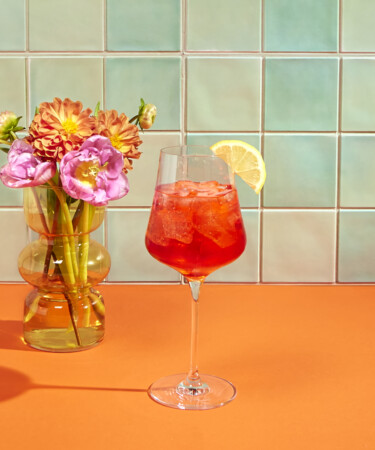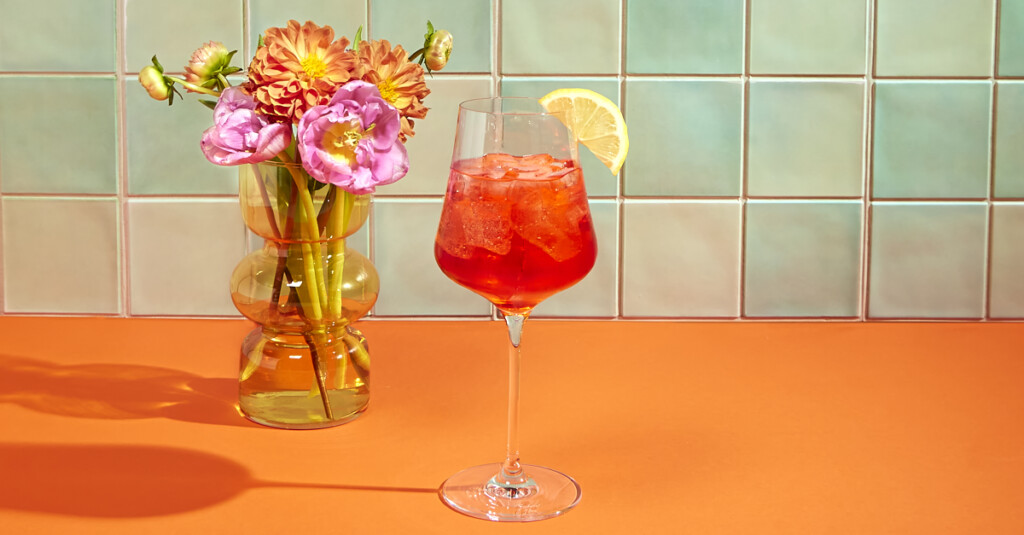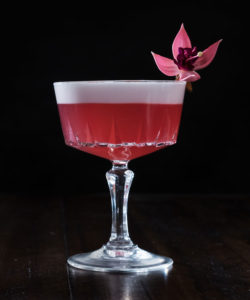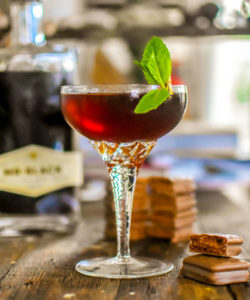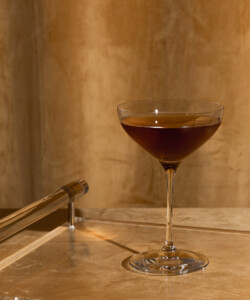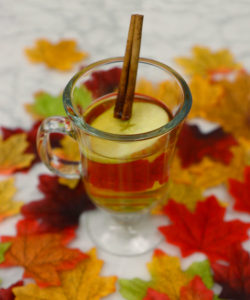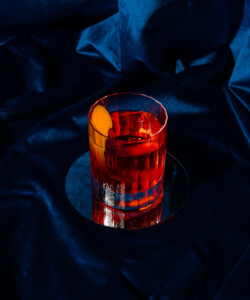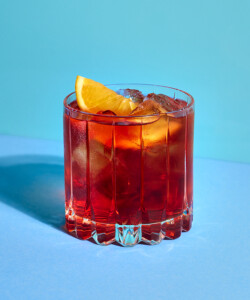The Story Behind The Pirlo Spritz
A Spritz without Prosecco? That’s right. The Pirlo Spritz — or more accurately, just Pirlo — is an Italian aperitivo made with Campari, still white wine, and a coy splash of sparkling water. It may be less effervescent than its fellow Spritzes, but its complexity makes it a pleasant change of pace from the highly carbonated template we’ve come to adore.
The Pirlo is the official aperitivo of Brescia, located in northern Italy’s Lombardy region. Its origins are anything but well documented, but the most feasible theory as to how it came to be is that the Pirlo is an evolution of “dirty wine.” A blend of white wine and vermouth that predates the 1860 advent of Campari, “dirty wine” was essentially a poor man’s way to up the alcohol content of Italian whites. Once Campari hit the scene and aperitivo brands started touting Spritzes in the early to mid-1900s, “dirty wine” and the Spritz formula fused together to form the Pirlo.
As for the drink’s name, we look to the Lombard dialect’s term “pirlare,” which means “to spin.” This is likely a nod to the spectacle of Campari swirling together with white wine when mixing up a Pirlo. However, in Milan, “pirla” translates to “idiot,” so when ordering this aperitivo in Italy, make sure to mind your Ps and Qs — or rather, Os and As.
To make a Pirlo as they do in Brescia, it’s best to use a local white wine like Lugana or Curtefranca Bianco, but any dry white will do in a pinch. For the garnish, some folks like to doll up their Pirlos with an orange slice, à la the Aperol Spritz, but a lemon slice is the traditional Brescian way.
